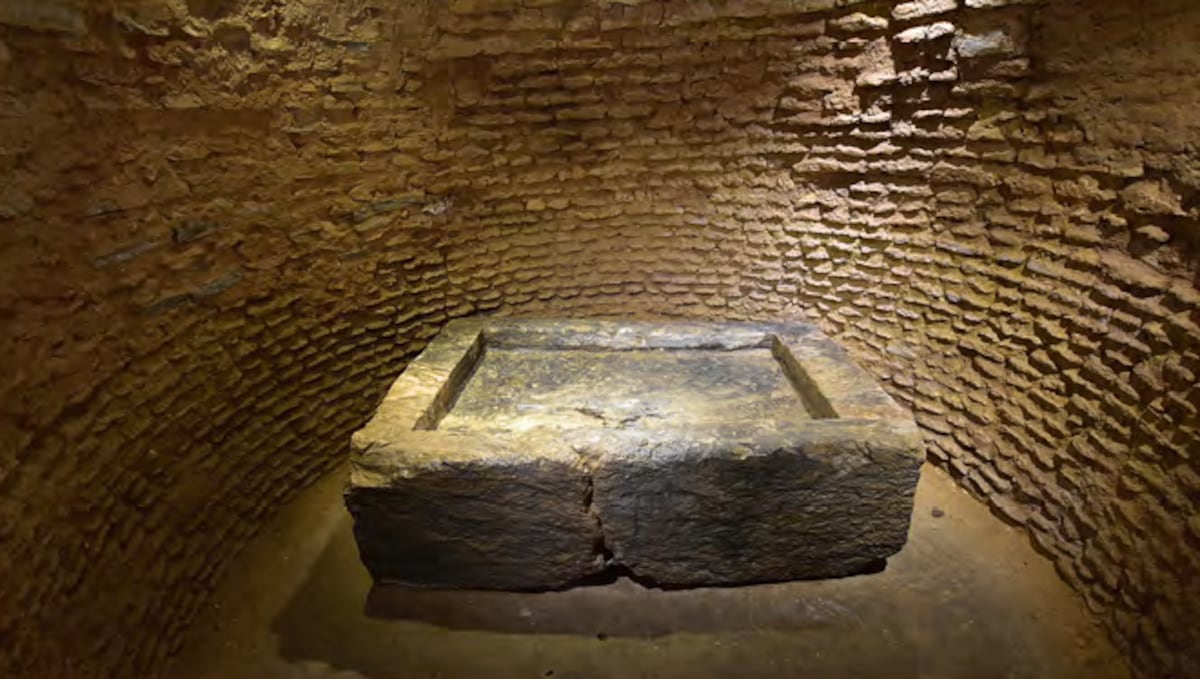
"The study highlights how major monumental sites like Valencina played a role in shaping community identity and social structure in the Copper Age Spain."
"Professors Sanjuan and Earle's research reveals that the emergence of female leadership and specialized craftsmanship were key aspects of this society."
Recent archaeological findings have shed light on the Chalcolithic period in the Iberian Peninsula, revealing a complex social structure centered around significant sites like Valencina in Seville. Researchers, including Professors Sanjuan and Earle, uncovered evidence of population concentration, female leadership, and specialized craftsmanship supported by exotic materials. Their study, published in the Journal of Anthropological Archaeology, indicates that monumental sites facilitated communal bonding and cooperation, marking a distinctive era that transitioned to the Bronze Age around 2300 BC.
Read at english.elpais.com
Unable to calculate read time
Collection
[
|
...
]